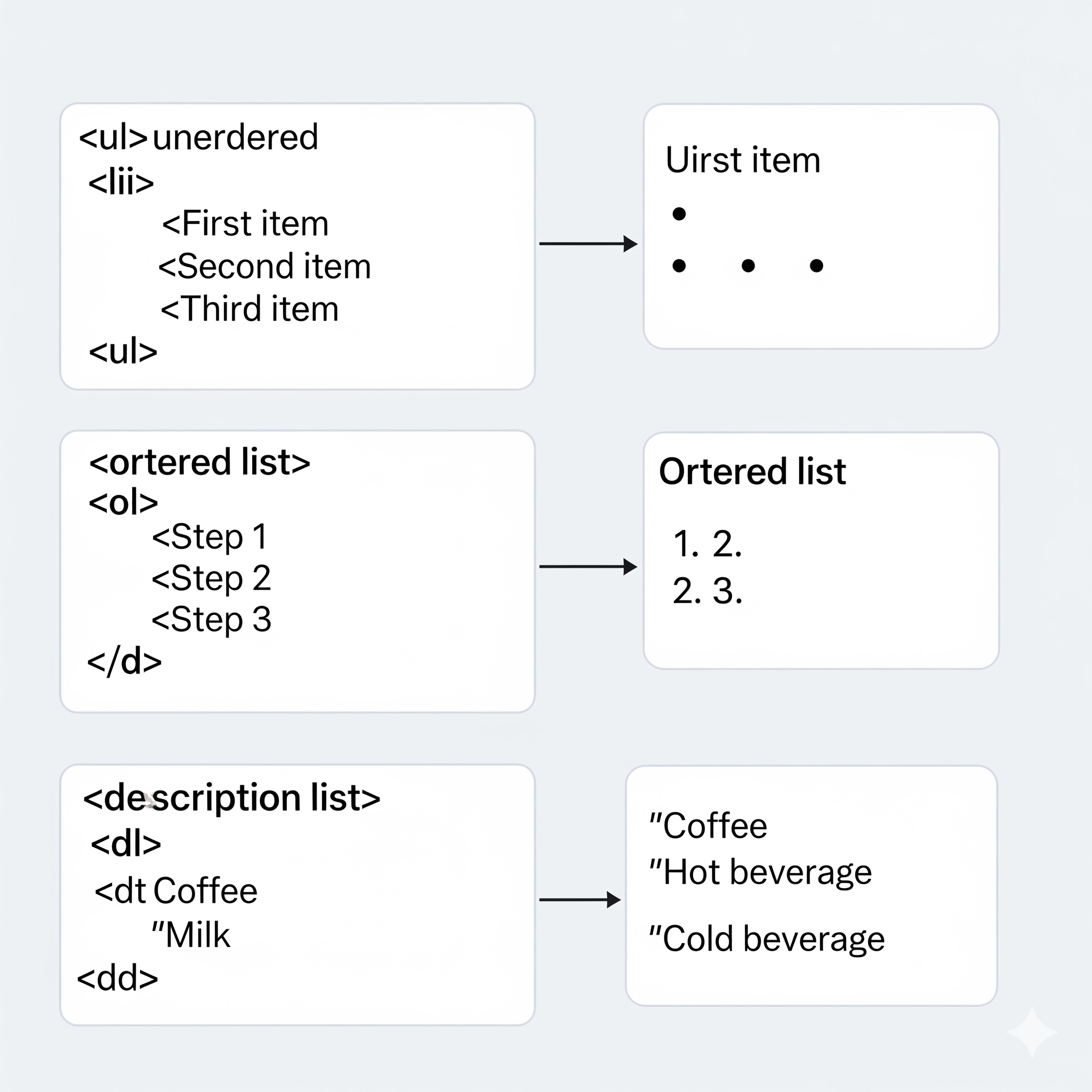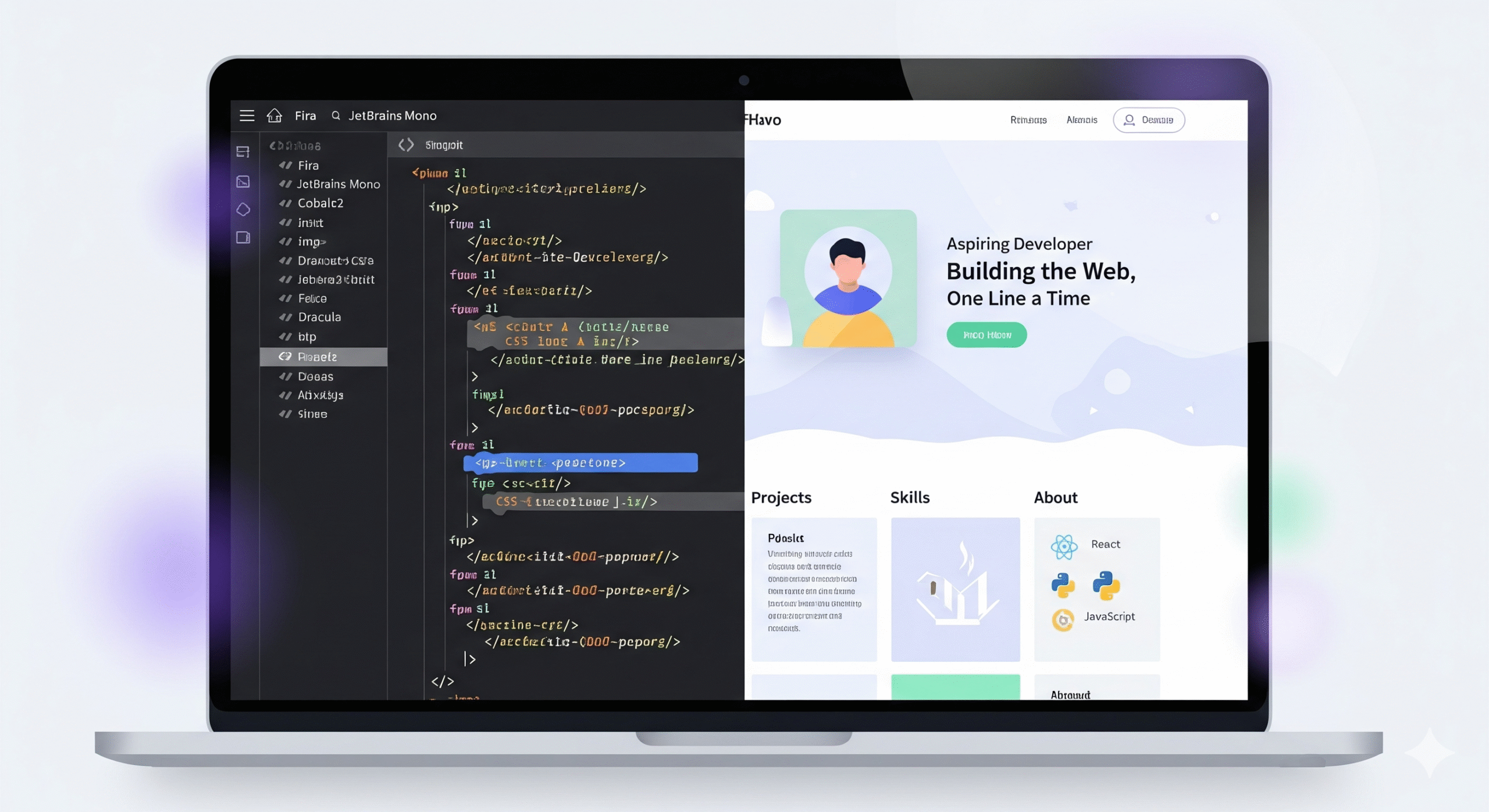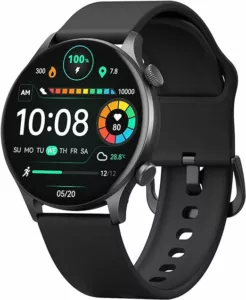Ideias para Tela de Splash Screen em React Native
Explicação do Código React Native
1. O que esse código faz?
Esse código cria um aplicativo React Native com navegação entre telas usando a biblioteca React Navigation. O app possui:
✅ Uma tela de abertura (Splash Screen) que aparece por 3 segundos.
✅ Um menu inferior de navegação (Bottom Tabs) para trocar entre as telas principais.
✅ Diferentes telas: Home, Perfil, Configurações e Sobre.
2. Como funciona o fluxo do app?
1️⃣ Quando o app inicia, ele mostra a Tela de Abertura (TelaAbertura.js).
2️⃣ Depois de 3 segundos, o app automaticamente troca para a tela principal (TabNavigator).
3️⃣ A tela principal contém um menu de abas na parte inferior para o usuário navegar entre as telas.
3. Explicação do Código
3.1. Arquivo app.js
Esse é o coração do aplicativo. Ele configura toda a navegação.
📌 Duas formas de navegação estão sendo usadas:
🔹 Stack.Navigator → Controla a tela de abertura e a tela principal.
🔹 Tab.Navigator → Controla as abas (Home, Perfil, Config, Sobre).
Trecho principal do app.js
export default function App() {
return (
<NavigationContainer>
<Stack.Navigator screenOptions={{ headerShown: false }}>
<Stack.Screen name="Abertura" component={TelaAbertura} />
<Stack.Screen name="Principal" component={TabNavigator} />
</Stack.Navigator>
</NavigationContainer>
);
}
🔹 O NavigationContainer envolve tudo, pois é obrigatório para usar navegação.
🔹 O Stack.Navigator primeiro carrega a tela de abertura, depois a tela principal.
3.2. Arquivo TelaAbertura.js (Splash Screen)
Aqui está a tela inicial, que some após 3 segundos.
📌 O que esse código faz?
1️⃣ O useEffect() define um timer de 3 segundos.
2️⃣ Depois do tempo, navigation.replace("Principal") troca para a tela principal.
3️⃣ Enquanto isso, o app exibe um texto e um ícone de carregamento.
useEffect(() => {
setTimeout(() => {
navigation.replace("Principal");
}, 3000); // 3 segundos
}, []);
3.3. Arquivo TabNavigator (Menu inferior)
Esse código cria o menu de abas com ícones:
<Tab.Navigator
screenOptions={({ route }) => ({
tabBarIcon: ({ color, size }) => {
let iconName;
if (route.name === "Home") iconName = "home";
else if (route.name === "Perfil") iconName = "person";
else if (route.name === "Configurar") iconName = "settings";
else if (route.name === "Sobre") iconName = "app-settings-alt";
return <MaterialIcons name={iconName} size={size} color={color} />;
},
tabBarActiveTintColor: "tomato",
tabBarInactiveTintColor: "gray",
headerShown: false,
})}
>
📌 Aqui, o código faz o seguinte:
✅ Define ícones diferentes para cada aba.
✅ Define cores diferentes para a aba ativa (tomato) e inativa (gray).
✅ Remove os cabeçalhos (headerShown: false).
3.4. Telas Home, Perfil, Config e Sobre
Cada tela apenas exibe um texto centralizado.
Exemplo (TelaInicio.js):
export default function TelaInicio() {
return (
<View style={styles.container}>
<Text>🏠 Página Inicial</Text>
</View>
);
}
📌 O mesmo formato é usado para as outras telas.
4. Códigos
🚀 1. App.js
import React from "react";
import { NavigationContainer } from "@react-navigation/native";
import { createBottomTabNavigator } from "@react-navigation/bottom-tabs";
import { createStackNavigator } from "@react-navigation/stack";
import { MaterialIcons } from "@expo/vector-icons";
import TelaAbertura from "./telas/TelaAbertura";
import TelaInicio from "./telas/TelaInicio";
import TelaPerfil from "./telas/TelaPerfil";
import TelaConfig from "./telas/TelaConfig";
import TelaSobre from "./telas/TelaSobre";
const Tab = createBottomTabNavigator();
const Stack = createStackNavigator();
// Navegação por abas (Tabs)
function TabNavigator() {
return (
<Tab.Navigator
screenOptions={({ route }) => ({
tabBarIcon: ({ color, size }) => {
let iconName;
if (route.name === "Home") iconName = "home";
else if (route.name === "Perfil") iconName = "person";
else if (route.name === "Configurar") iconName = "settings";
else if (route.name === "Sobre") iconName = "app-settings-alt";
return <MaterialIcons name={iconName} size={size} color={color} />;
},
tabBarActiveTintColor: "tomato",
tabBarInactiveTintColor: "gray",
headerShown: false,
})}
>
<Tab.Screen name="Home" component={TelaInicio} options={{ headerShown: false }} />
<Tab.Screen name="Perfil" component={TelaPerfil} options={{ headerShown: false }} />
<Tab.Screen name="Configurar" component={TelaConfig} options={{ headerShown: false }} />
<Tab.Screen name="Sobre" component={TelaSobre} options={{ headerShown: false }} />
</Tab.Navigator>
);
}
// Navegação principal com tela de Splash
export default function App() {
return (
<NavigationContainer>
<Stack.Navigator screenOptions={{ headerShown: false }}>
<Stack.Screen name="Abertura" component={TelaAbertura} />
<Stack.Screen name="Principal" component={TabNavigator} />
</Stack.Navigator>
</NavigationContainer>
);
}
🚀 2. TelaAbertura.js
import React, { useEffect } from "react";
import { View, Text, StyleSheet, ActivityIndicator } from "react-native";
export default function TelaAbertura({ navigation }) {
useEffect(() => {
setTimeout(() => {
navigation.replace("Principal");
}, 3000); // 3 segundos
},[]);
return (
<View style={styles.container}>
<Text style={styles.text}>🚀 Meu App</Text>
<Text style={styles.text}>👨🏫 Washington Paiva</Text>
<ActivityIndicator size="large" color="#007bff" />
</View>
);
}
const styles = StyleSheet.create({
container: {
flex: 1,
justifyContent: "center",
alignItems: "center",
backgroundColor: "#f8f9fa",
},
text: {
fontSize: 24,
fontWeight: "bold",
marginBottom: 20,
},
});
🚀 3. TelaConfig.js
import React from "react";
import { View, Text, StyleSheet } from "react-native";
export default function TelaConfig() {
return (
<View style={styles.container}>
<Text>⚙️ Configurações</Text>
</View>
);
}
const styles = StyleSheet.create({
container: {
flex: 1,
justifyContent: "center",
alignItems: "center",
},
});
5. Resumo
✔️ O app começa na tela de abertura e, após 3 segundos, exibe um menu com 4 abas.
✔️ A navegação é feita com React Navigation, usando Stack Navigator e Bottom Tab Navigator.
✔️ O código pode ser melhorado com animações e ajustes no carregamento inicial.
Esse código é uma excelente base para um app React Native! 🚀















Publicar comentário